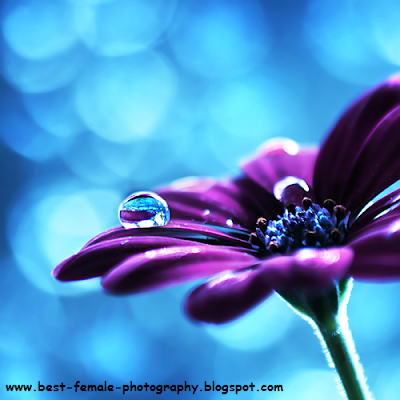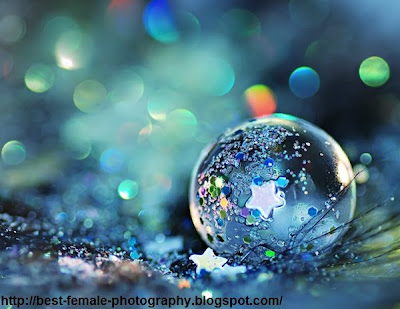Digital Macrophotography
Many digital cameras come with macro photography settings, greatly increasing the number of amateur photographers interested in macro photography.
Once the camera is set to macrophotography, the photographer only has to zoom in on the subject and take the picture. The LCD screen is one of the key digital camera tools used in macrophotography. Using the LCD screen, the photographer can get closer to his or her subject and can quickly check the photo to see if a retake is needed.
However, the LCD screen consumes battery power, so bring extra batteries if you’re planning to take many of these shots.

Macro Photography and Camera Control
Macro photography requires a very steady camera hand: the slightest camera movement can result in a blurry picture, especially if the camera is zoomed in for the close-up. While a tripod improves Macro photography pictures, the location of some nature subjects means that tripod use isn’t always possible.
Wind, even a small breeze, can move a macrophotography subject enough to cause blur on the picture. To avoid this, try to prevent the wind from reaching the subject. Taking the photo at a very high shutter speed helps catch a clear image when wind is a factor.
Macrophotography and Light
Lighting can be a problem for macro photography. Although flashes may provide needed light in some cases, they can also provide too much brightness when the subject is close to the camera. To get around this, place external flashes further away from the subject.
Another possibility for lighting macro photography is a light reflector. Light reflectors are available in camera stores and come in white and gold finishes.
Whether done with a manual or digital camera, macro photography pictures can reflect the beauty of an insect, small coin, flower, or any other small and overlooked item.

Once the camera is set to macrophotography, the photographer only has to zoom in on the subject and take the picture. The LCD screen is one of the key digital camera tools used in macrophotography. Using the LCD screen, the photographer can get closer to his or her subject and can quickly check the photo to see if a retake is needed.
However, the LCD screen consumes battery power, so bring extra batteries if you’re planning to take many of these shots.

Macro Photography and Camera Control
Macro photography requires a very steady camera hand: the slightest camera movement can result in a blurry picture, especially if the camera is zoomed in for the close-up. While a tripod improves Macro photography pictures, the location of some nature subjects means that tripod use isn’t always possible.
Wind, even a small breeze, can move a macrophotography subject enough to cause blur on the picture. To avoid this, try to prevent the wind from reaching the subject. Taking the photo at a very high shutter speed helps catch a clear image when wind is a factor.
Macrophotography and Light
Lighting can be a problem for macro photography. Although flashes may provide needed light in some cases, they can also provide too much brightness when the subject is close to the camera. To get around this, place external flashes further away from the subject.
Another possibility for lighting macro photography is a light reflector. Light reflectors are available in camera stores and come in white and gold finishes.
Whether done with a manual or digital camera, macro photography pictures can reflect the beauty of an insect, small coin, flower, or any other small and overlooked item.










